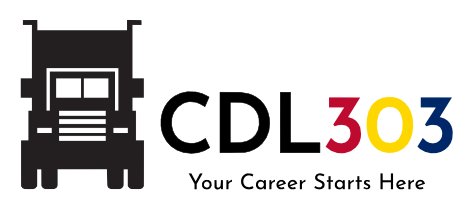The number of fatal crashes in the United States involving large trucks has been increasing annually since 2009 reach over 5,000 fatalities in 2020. Certain high-profile crashes have brought increased media attention to safety problems that plague the trucking industry. Pressure is being brought to bear to improve safety for the industry and the traveling public.
Road-Aware, in a thoughtful company program to enhance safety, can be reasonably expected that savings in crash claims of 18% or about $2,000 per year per truck in reduced premiums or the equivalent payouts for crash claims. Savings for a 250 unit company would be in the order of $550,000 a year.
Hard driving is a high risk, high cost behavior not easily tracked or managed. Hard acceleration or braking is a driving event when more force than normal is applied to the vehicle’s brake or accelerator. Often referred to as 'lead foot' syndrome, and it can be an indicator of aggressive or unsafe driving. At the very least, this style of driving is wasteful and uneconomic.




